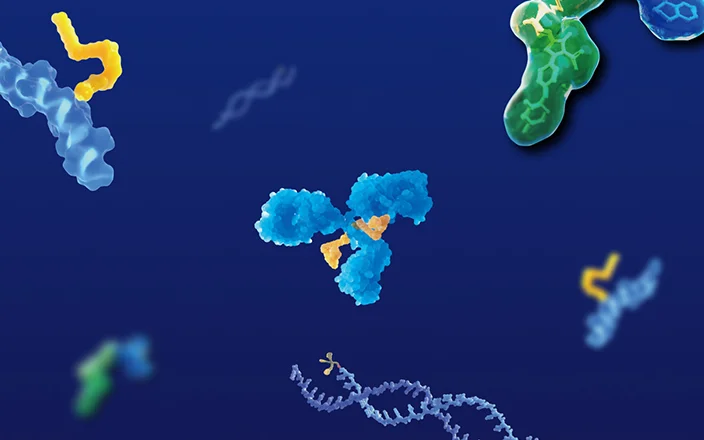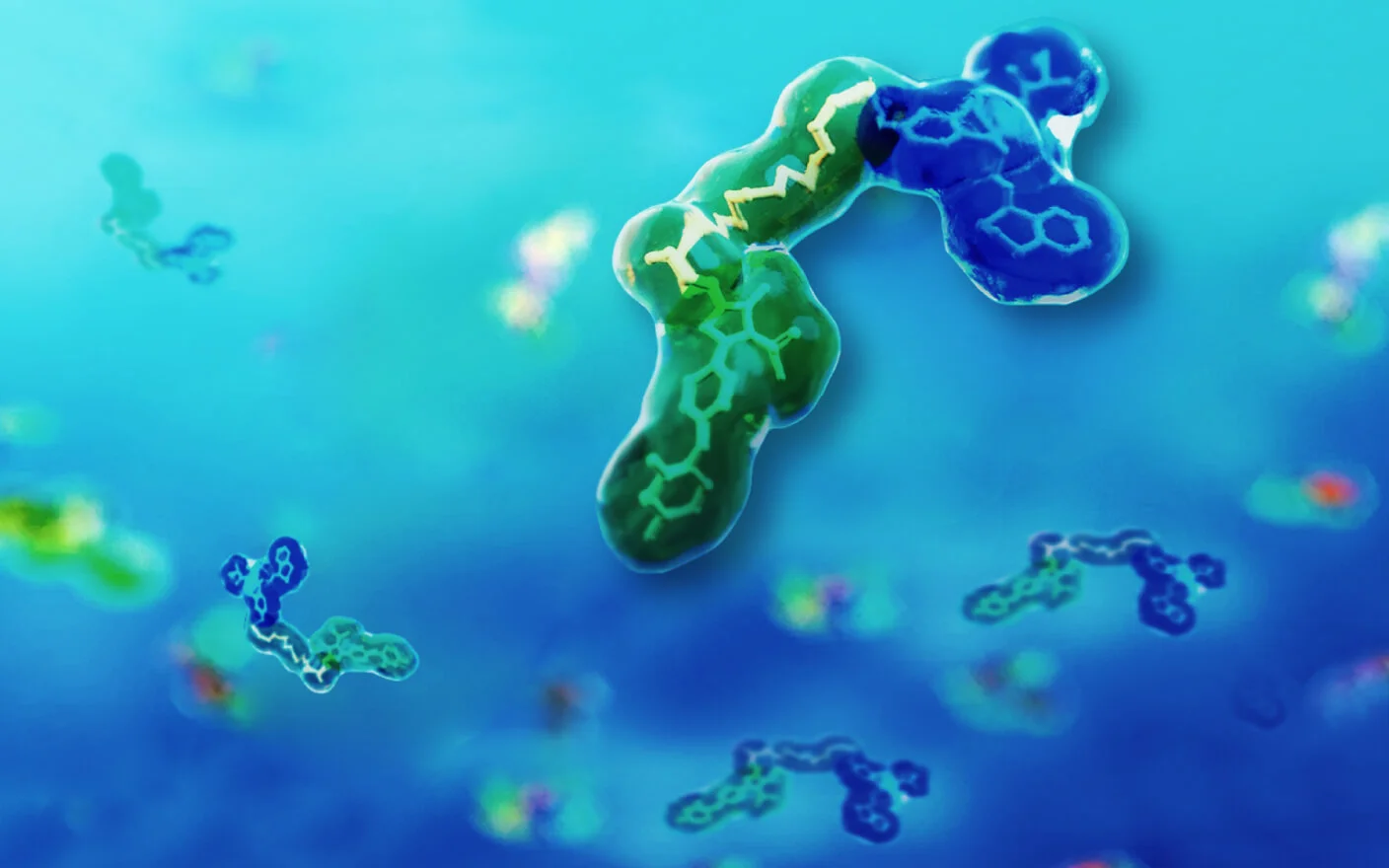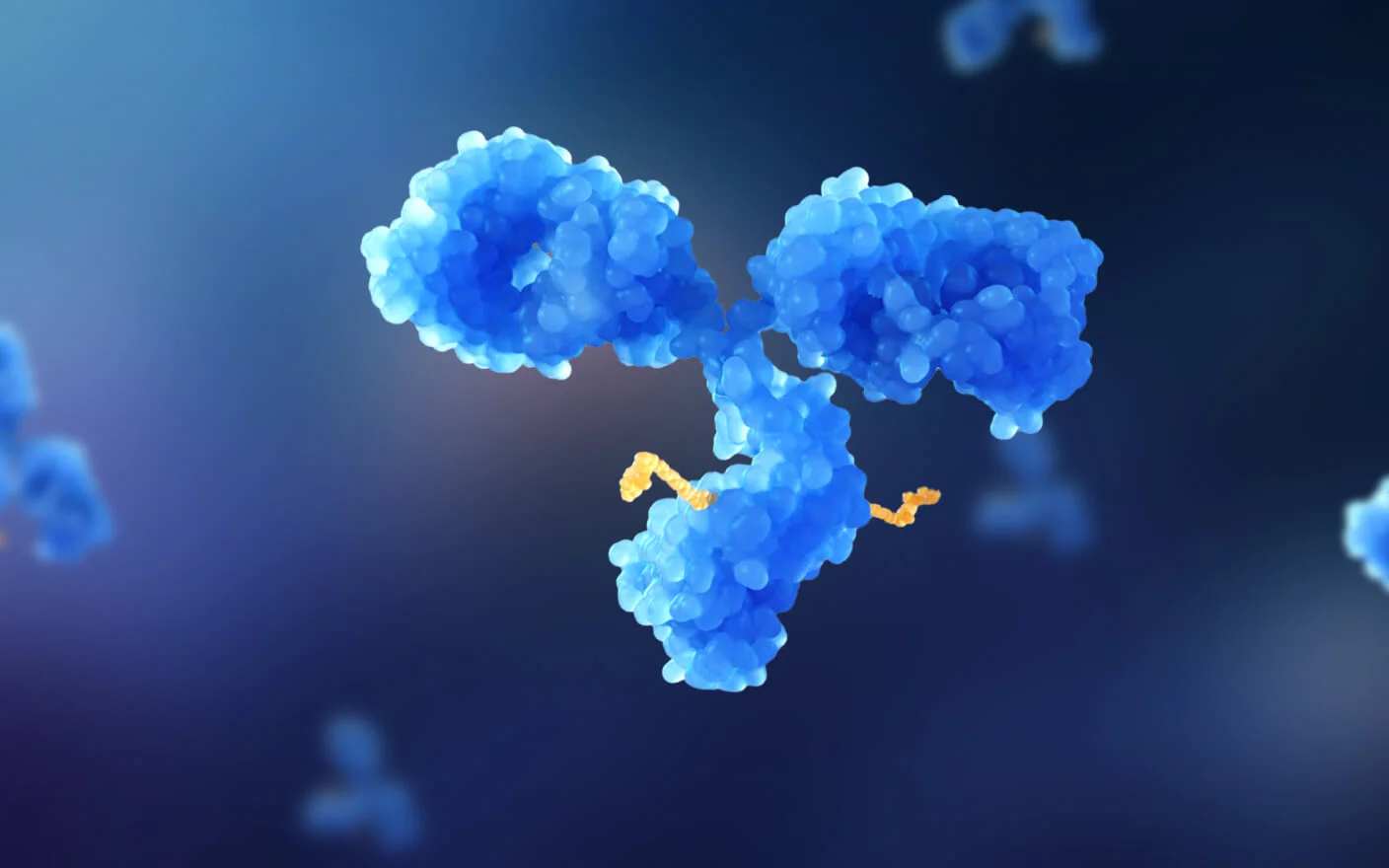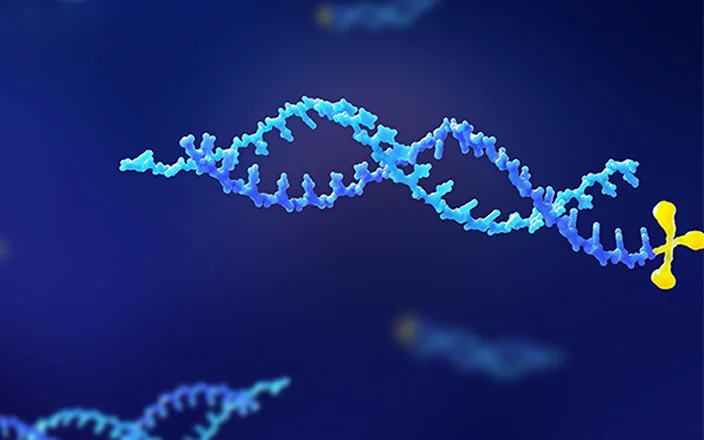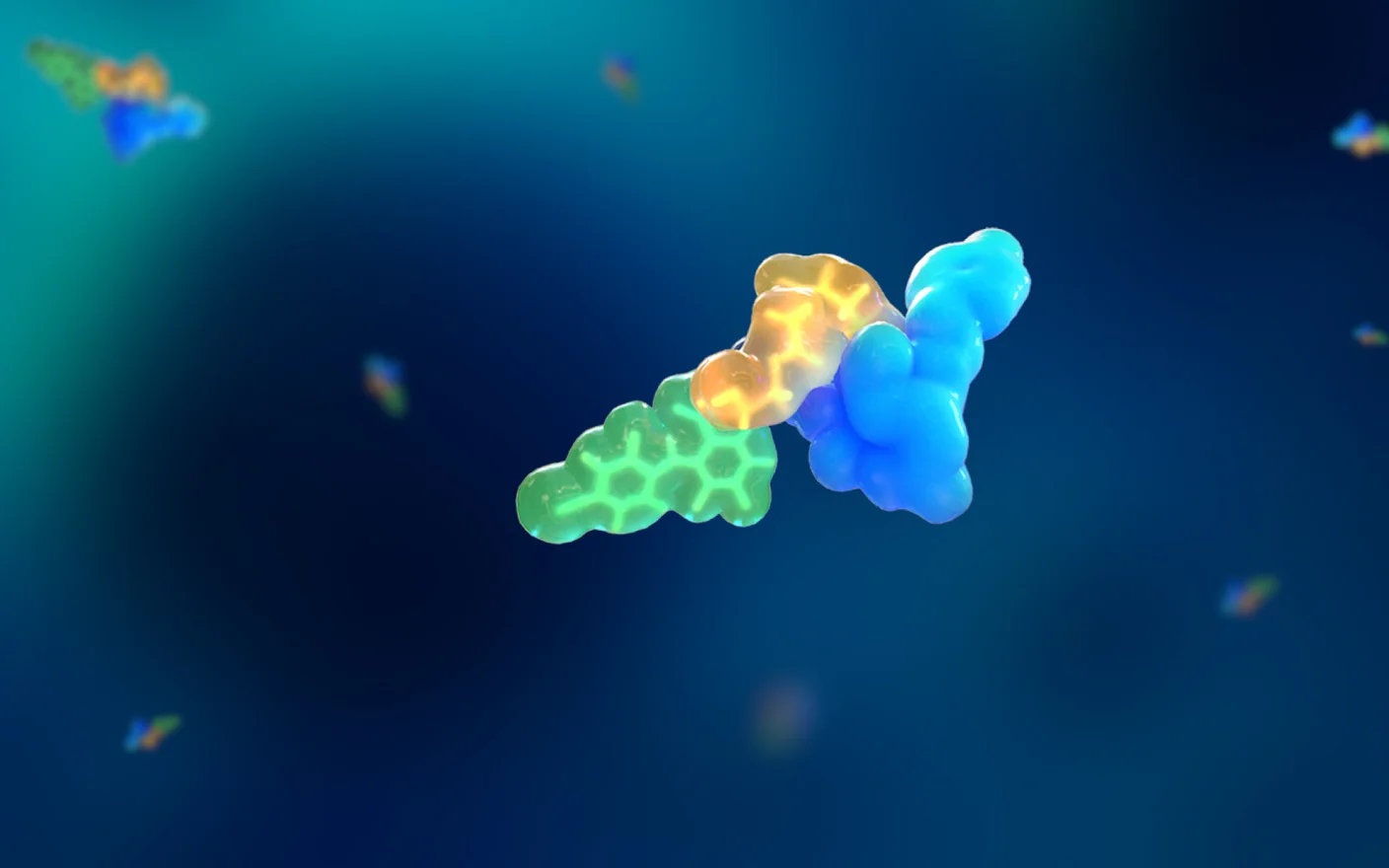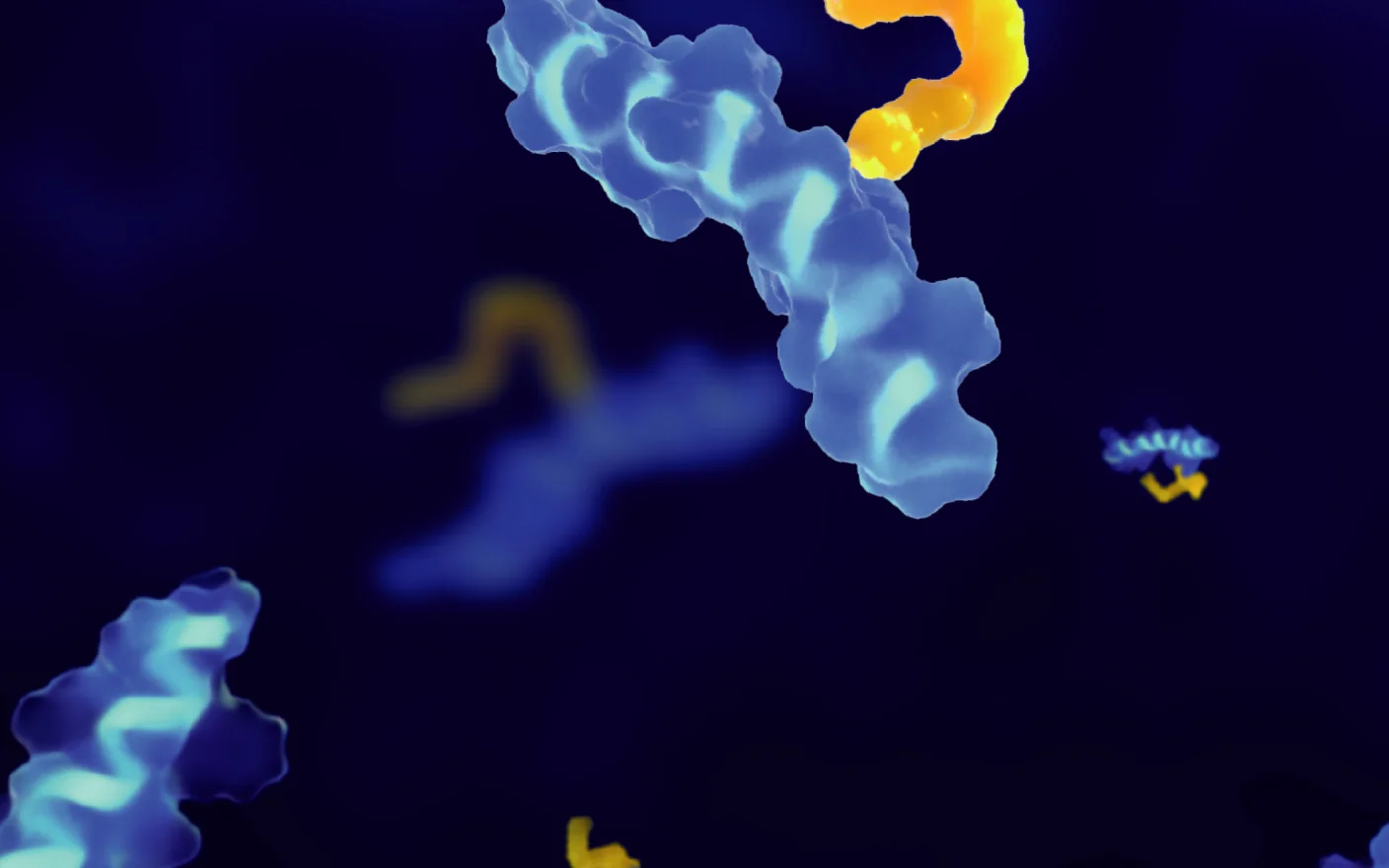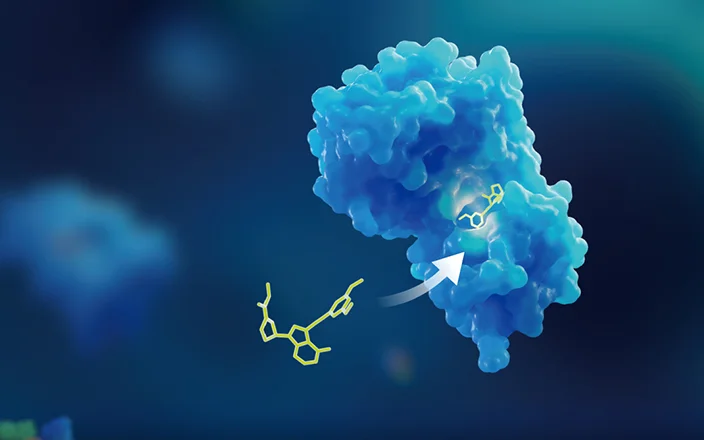In recent years, there has been significant progress in the development of antisense oligonucleotides (ASOs). ASOs are synthetic single-stranded antisense oligonucleotides with immense potential for disease treatment. Understanding their ADME characteristics is fundamental to the development of new ASO drugs with improved efficacy and safety. Therefore, we provide some insights into an influential review entitled “Absorption, Distribution, Metabolism, and Excretion of US Food and Drug Administration (FDA)-Approved Antisense Oligonucleotide Drugs”,1 which summarized the main absorption, distribution, metabolism, and excretion (ADME) characteristics of 10 antisense oligonucleotides (ASOs), discussed current knowledge gaps, and provided future research perspectives. The ten antisense oligonucleotide drugs include Fomivirsen, Pegaptanib, Mipomersen, Nusinersen, Inotersen, Defibrotide, Eteplirsen, Golodirsen, Viltolarsen, and Casimersen.
Our Insights into The ADME Characteristics of FDA approved ASO Drugs
Absorption: The ten approved ASOs exhibit multiple absorption patterns that are related to their indications and the routes of administration. Most ASOs require subcutaneous injection (SC) or intravenous infusion (IV), which is different from small molecule drugs that are absorbed mainly after oral administration. After IV administration, ASOs are mainly distributed in the liver and kidney, with relatively low distribution into other tissues. Effective delivery of ASOs to specific tissues and organs is a major challenge for future R&D.
Distribution: Plasma protein binding (PPB) affects in vivo drug distribution. The PPB and distribution of these ten ASOs vary considerably. Our study demonstrates that ASOs with structures modified by morpholino subunit, known as PMOs, such as Viltolarsen, Golodirsen, Casimersen, and Eteplirsen, have neutral backbones and they all exhibit low PPB. Several PMO-ASOs have common features and high distribution volumes, indicating that they can achieve high distributions in surrounding tissues such as muscles. On the other hand, ASOs modified with phosphorothioate (PS) have high PPB.
Metabolism: These ten ASOs are not metabolized by the liver or by hepatic microsomes in vitro. Therefore, most of the ASOs (Inotersen, Golodirsen, Viltolarsen, Casimersen, Nusinersen, and Eteplirsen) do not interact with conventional drugs and other transporters (Golodirsen, Viltolarsen, and Casimersen). In our view, ASOs are not expected to be metabolized by CYP450 enzymes due to their high molecular weights and hydrophilicity. In addition, ASOs enter cells primarily through endocytosis, trapped in endosomes. Intracellular free ASOs are thus less likely to be exposed to CYP enzymes in the endoplasmic reticulum. 2,3
Excretion: These ASO drugs are primarily excreted through the urinary system. Fomivirsen, Eteplirsen, Golodirsen, Viltolarsen, and Casimersen are mainly excreted through the kidneys in unchanged form. Nusinersen, Inotersen, and Mipomersen are mainly excreted as metabolites via the kidneys. These ASO drugs have different half-lives in the body. We found that ASOs with higher PPB values have reduced glomerular filtration, decreased renal clearance, and thus longer plasma half-lives.
Based on the regulatory approval application materials for these ten ASOs and research data in related fields, the review reveals that knowledge gaps exist in the cellular uptake, subcellular trafficking, and cellular efflux of ASO drugs, and these gaps remain to be filled. As far as we are concerned, knowledge gaps exist in scientific knowledge and in regulatory guidance for IND filing. We look forward to more comprehensive research on ASOs and more development of ASOs.
If you want to learn more details about the ADME characteristics of ASO drugs, please read the article now.
Committed to accelerating drug discovery and development, we offer a full range of discovery screening, preclinical development, clinical drug metabolism, and pharmacokinetic (DMPK) platforms and services. With research facilities in the United States (New Jersey) and China (Shanghai, Suzhou, Nanjing, and Nantong), 1,000+ scientists, and over fifteen years of experience in Investigational New Drug (IND) application, our DMPK team at WuXi AppTec are serving 1,500+ global clients, and have successfully supported 1,200+ IND applications.
Talk to a WuXi AppTec expert today to get the support you need to achieve your drug development goals.
Reference
1.Migliorati JM, Liu S, Liu A, Gogate A, Nair S, Bahal R, Rasmussen TP, Manautou JE, Zhong XB. Absorption, Distribution, Metabolism, and Excretion of US Food and Drug Administration-Approved Antisense Oligonucleotide Drugs. Drug Metab Dispos. 2022 Jun;50(6):888-897.
2.Andersson S, Antonsson M, Elebring M, Jansson-Löfmark R, Weidolf L. Drug metabolism and pharmacokinetic strategies for oligonucleotide- and mRNA-based drug development. Drug Discov Today. 2018 Oct;23(10):1733-1745.
3.Kazmi F, Yerino P, McCoy C, et al. An assessment of the in vitro inhibition of cytochrome P450 enzymes, UDP-glucuronosyltransferases, and transporters by phosphodiester- or phosphorothioate-linked oligonucleotides. Drug Metab Dispos. 2018 Aug;46(8):1066–1074
Related Services and Platforms




Stay Connected
Keep up with the latest news and insights.





